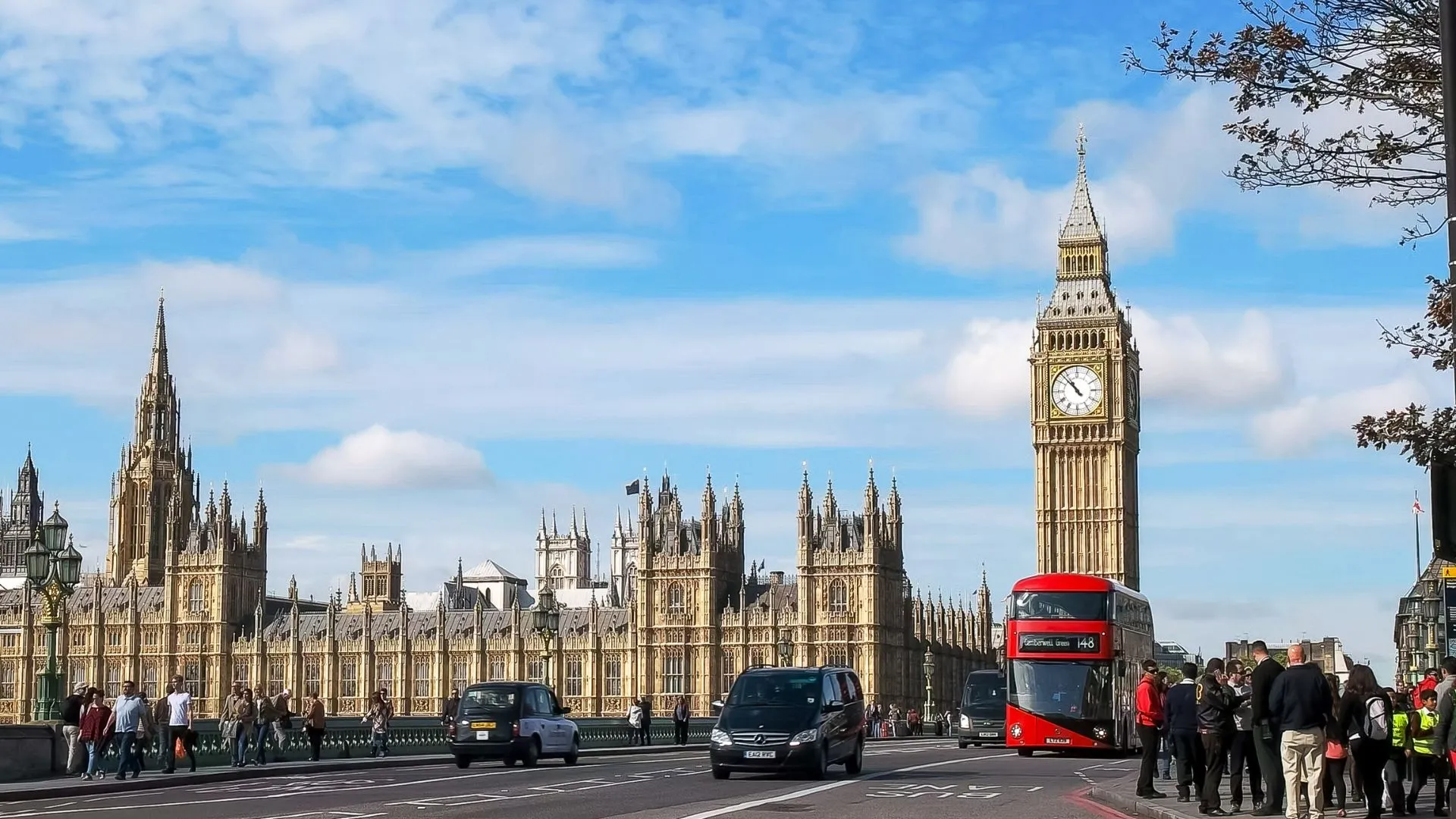The impact of the new Labour government on housing in urban areas

So Labour has won the general election with the expected landslide majority and Sadiq Khan has succeeded in winning a third term as Mayor of London – albeit with a smaller majority than he might have hoped.
Khan’s previous two terms have been beset with rows over housing with successive Conservative Secretaries of State, so will his third term prove any easier?
It might be assumed that challenges to Sadiq Khan will be lessened by a change to a government of the same political colour. But will a Labour government enable Khan to finally address the issue of housing supply and affordability which has plagued this first two terms?
Certainly the previous government did not make life easy for Khan. In March, Michael Gove ordered Khan to conduct a partial review of the London Plan, focusing specifically on housing delivery. This follows the publication in February of a government-commissioned review which found that, since the beginning of the current London Plan period in 2019, 60,000 fewer homes have been built than the strategy had intended. The review recommended an intensified brownfield presumption to increase the supply of new homes.
A review of the London Plan is due in the next Mayoral term anyway. The Planning and Compulsory Purchase Act 2004 gives the Secretary of State powers to intervene if is felt that the review isn’t delivering on its objectives. It’s very rare for a Secretary of State to intervene, but still possible. And that possibility will be at the forefront of the London Plan team’s minds when the Secretary of State is politically adversarial to the Mayor. A review is more likely when attitudes towards planning policy are politically divergent. So it less likely that a Labour Secretary of State would bring about both a review and the ensuing changes to policy which the Labour mayor may find unpalatable. In this respect the new Labour government is good news for Sadiq Khan when the review of the London Plan takes place.
The previous government’s intervention on housing delivery in London underlines a fundamental difference in planning policy between the two main parties, one which is entirely politically driven: that Conservatives ultimately wish to ‘protect’ their suburban and rural voters, whereas Labour will always protect its supporters in urban areas.
I use the word ‘protect’ – perhaps controversially - in relation to protecting voters from the harm of development. Emotive and subjective language in this context is not something you’d expect to hear from a planning consultant, the majority of whose clients are large-scale developers.
But balancing between the benefits and harm brought about by development is intrinsic to our planning system: where development ‘harms’ the status quo, the system enables that harm to be outweighed by benefits. We see this played out daily in the way in which the planning gain system incentivises development and mitigates its impacts.
And so the result of Labour winning the general election is unlikely to be more development in London, but more ‘protection’ of Londoners from development; conversely we expect to see less tolerance for the sentiment of rural NIMBYs (who have unquestionably had a disproportionate influence on the policies of the current Conservative government).
This urban/rural dichotomy is already evident in political sentiment. We don’t know much about Labour’s planning policies yet, but what we do know is that Kier Starmer is keen to review Green Belt policy – both reducing its strictures and its footprint and is likely to remove the 35% ‘urban uplift’.
While this analysis is very black and white, very polarised, so too is politics. I don’t anticipate an immediate reduction in development in London as a result of the recent general election result. But I predict more being done to ‘protect’ Londoners from development – whether through fiscal policy or changes to planning policy to mitigate its impact – both of which would have a direct financial impact on urban developers.
Already the Labour London Mayor has introduced a policy (Policy D9 of the London Plan) which, in my view, thwarts the development of tall buildings. There is also an increasing element of zoning through the London Plan which requires the determination of the future use of land at the plan-making stage. As such, it discourages “ad-hoc” applications for certain types of development, such as industrial co-location. This stifles creativity and the opportunity for development that better responds to demographic trends and market conditions. For example, specific policies within the London Plans such as E4 (Land for industry, logistics and services to support London’s economic function), E5 (strategic industrial locations), E6 (locally significant industrial sites) and E7 (industrial intensification, co-location and substitution) rule out potential for mixed use, including co-location schemes which can bring about considerable benefits.
While support for a change in government was made clear in the recent general election result, the likely impact on development in London is far from clear.
